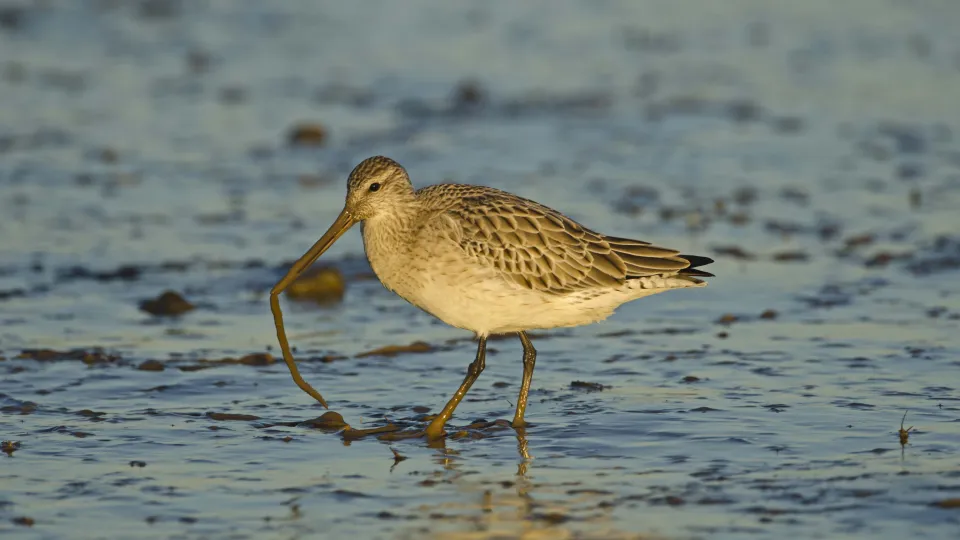
Bar-tailed godwit
The bar-tailed godwit winters in the UK in the thousands; look for it around estuaries like the Thames and Humber. In spring, the males display arresting breeding plumage, with brick-red heads, necks and chests.
Birds only: Amber list species are those with an unfavourable conservation status in Europe; those whose population or range has declined moderately in recent years; those whose population has declined historically but made a substantial recent recovery; rare breeders; and those with internationally important or localised populations.

The bar-tailed godwit winters in the UK in the thousands; look for it around estuaries like the Thames and Humber. In spring, the males display arresting breeding plumage, with brick-red heads, necks and chests.
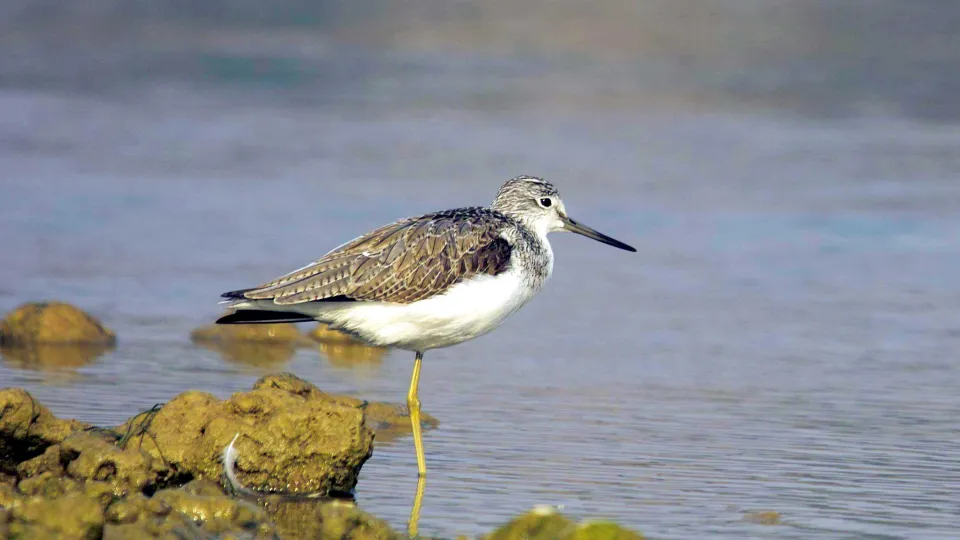
The greenshank breeds on the boggy moors and ancient peatlands of Scotland. But it can be spotted elsewhere in the UK as it passes through on migration - look around lakes, marshes and the coast.
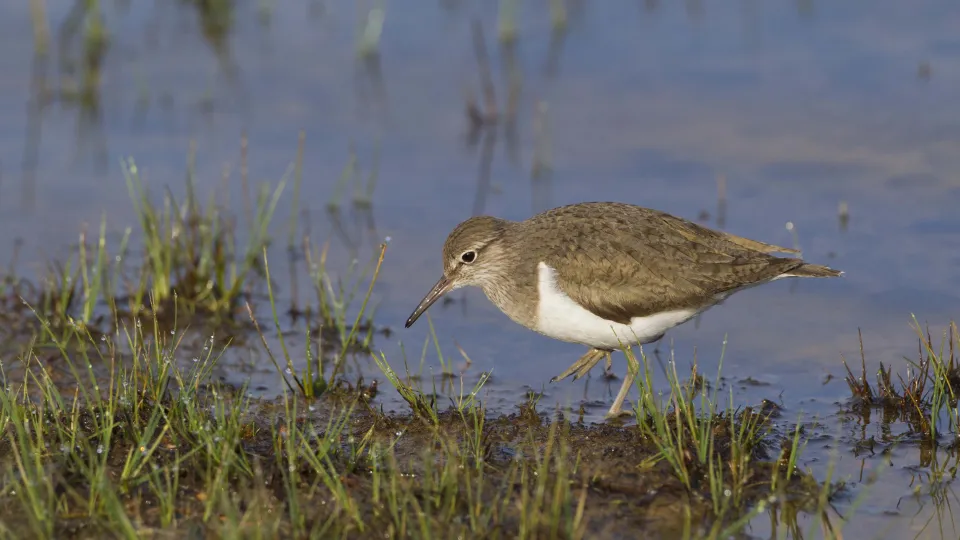
The common sandpiper breeds along rivers, and by lakes, reservoirs and lochs in upland Scotland, Northern England and Wales. It can be spotted as a passage migrant at many inland wetlands across the UK.
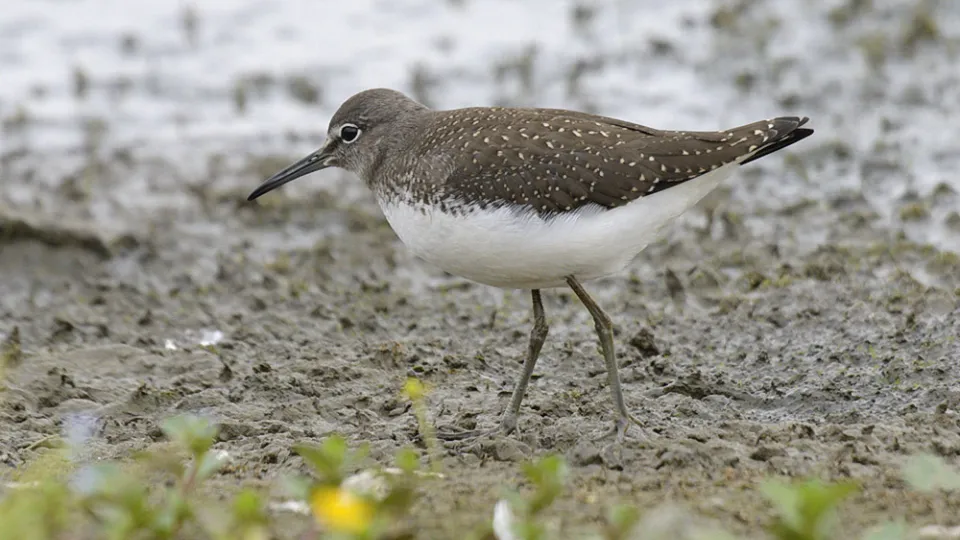
The green sandpiper is a very rare breeding bird in the UK, and is mainly seen on migration in autumn. Look out for it feeding around marshes, flooded gravel pits and rivers. It even likes sewage works!
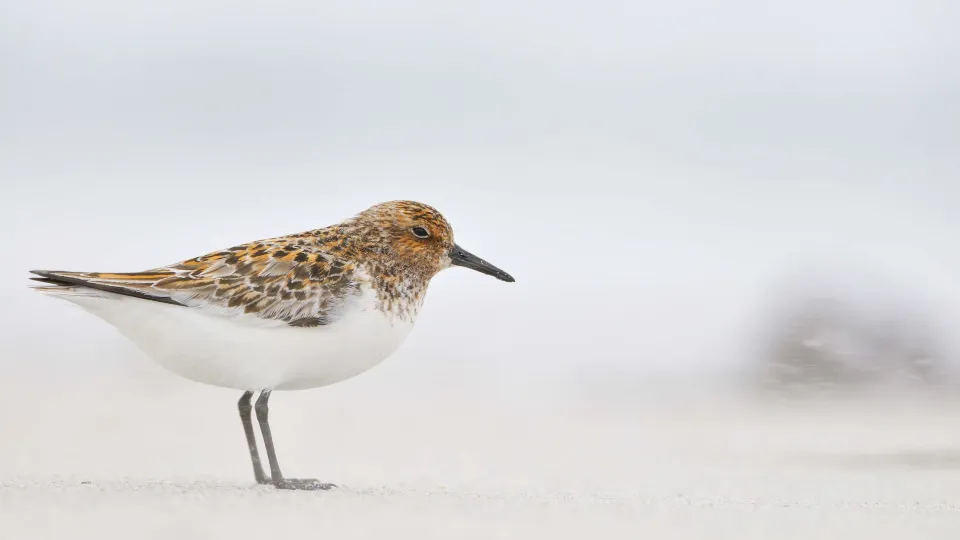
The sanderling scampers about the waves looking for marine crustaceans, fish and even jellyfish to eat. It visits the UK in winter from its Arctic breeding grounds, but can also be seen as it passes through on migration during spring and autumn.
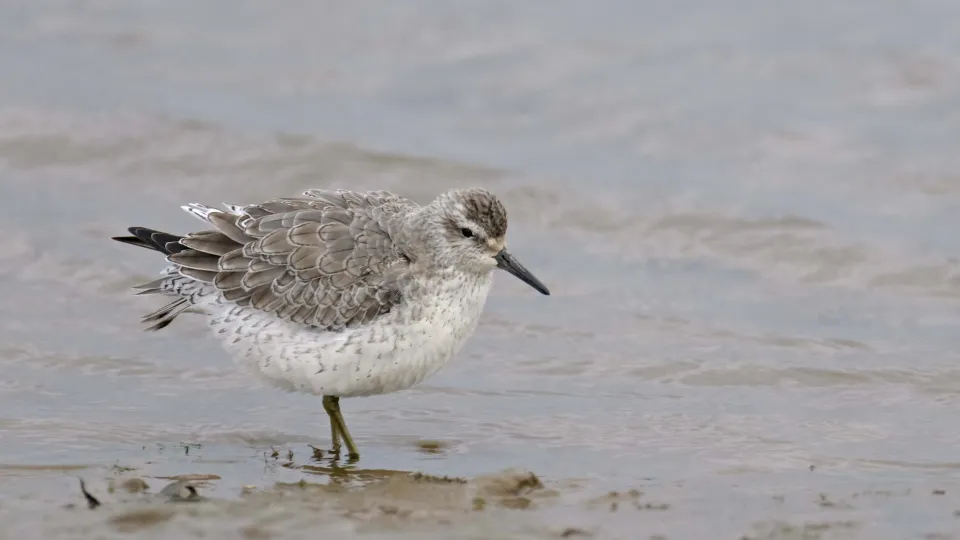
A stocky, little sandpiper, the knot can be spotted in estuaries from August onwards, migrating here from the Arctic where it breeds. Look out for it probing the muddy sand with its specialised bill as it hunts for marine animals to eat.
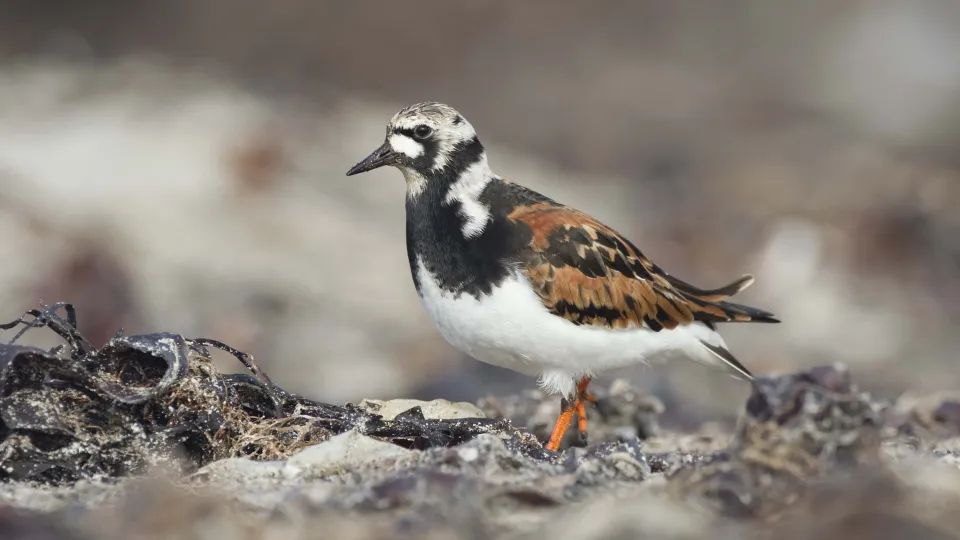
The turnstone can be spotted fluttering around large stones on rocky and gravelly shores, flipping them over to look for prey. It can even lift rocks as big as its own body! Although a migrant to the UK, it can be seen all year-round as different populations arrive throughout the seasons.
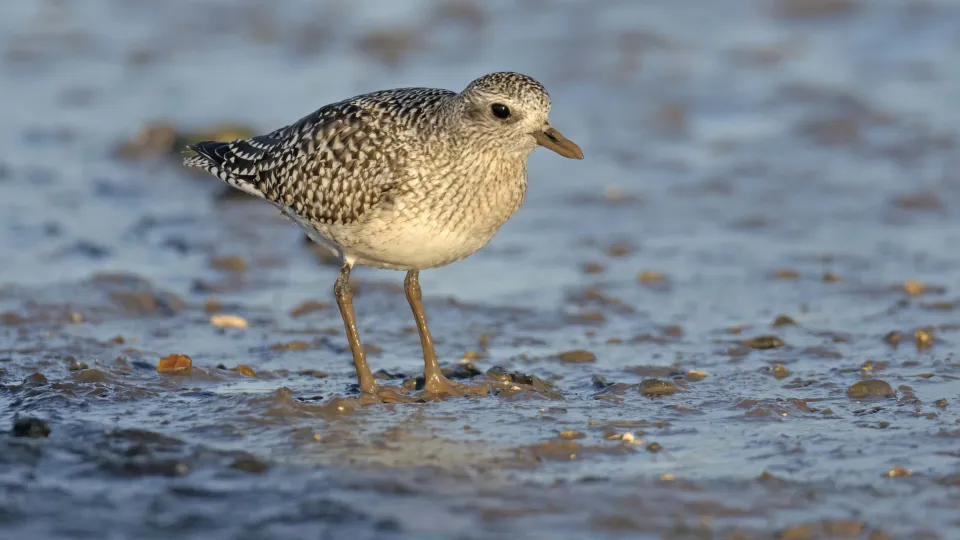
The grey plover is similar to the golden plover, but as its name suggests, has a silver- and black-speckled back, rather than a gold one. It is only found at the coast and is mostly a winter migrant.
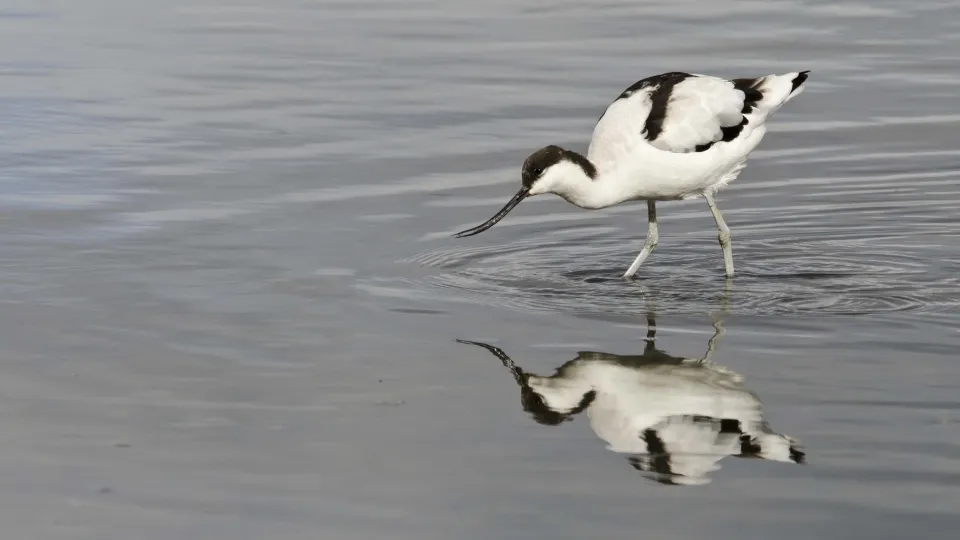
A key species in the story of conservation, the avocet represents an amazing recovery of a bird once extinct in the UK. This pied bird, with its distinctive upturned bill, can now be seen on marshes and estuaries in the East and South West.
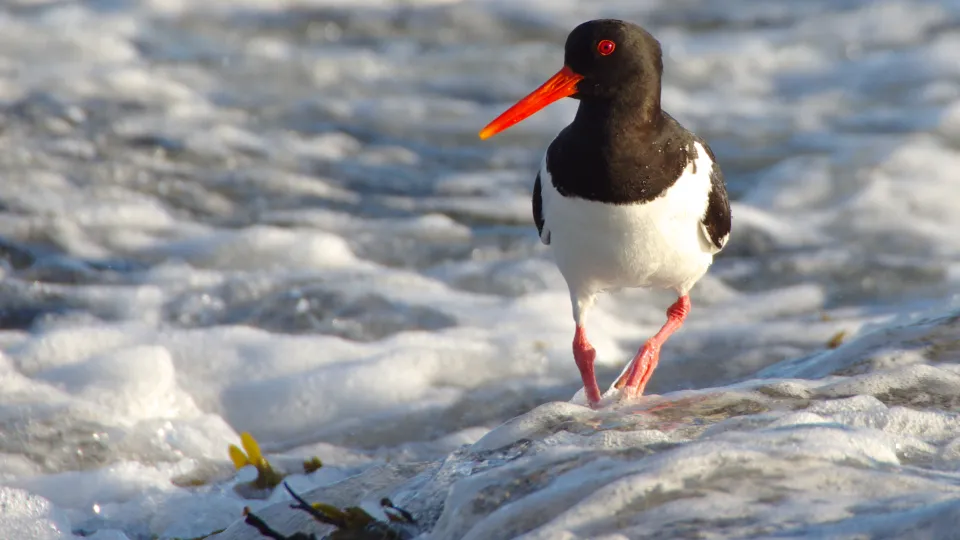
The loud 'peep-ing' call of an oystercatcher is a recognisable and familiar sound of the seashore. Look out for it hunting on rocky and muddy shores for shellfish to eat. It can also be spotted on some inland waterbodies where it has started to breed.